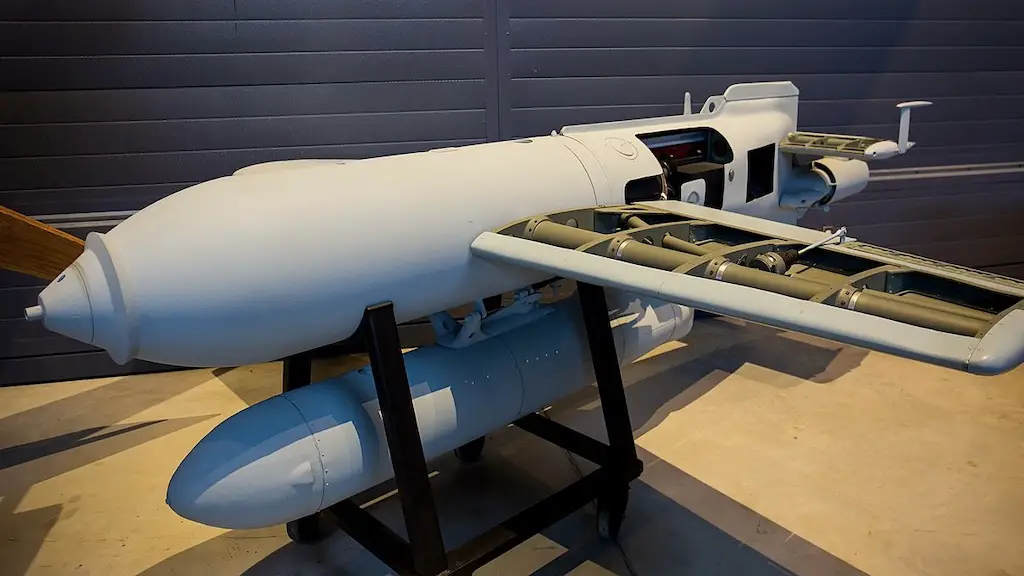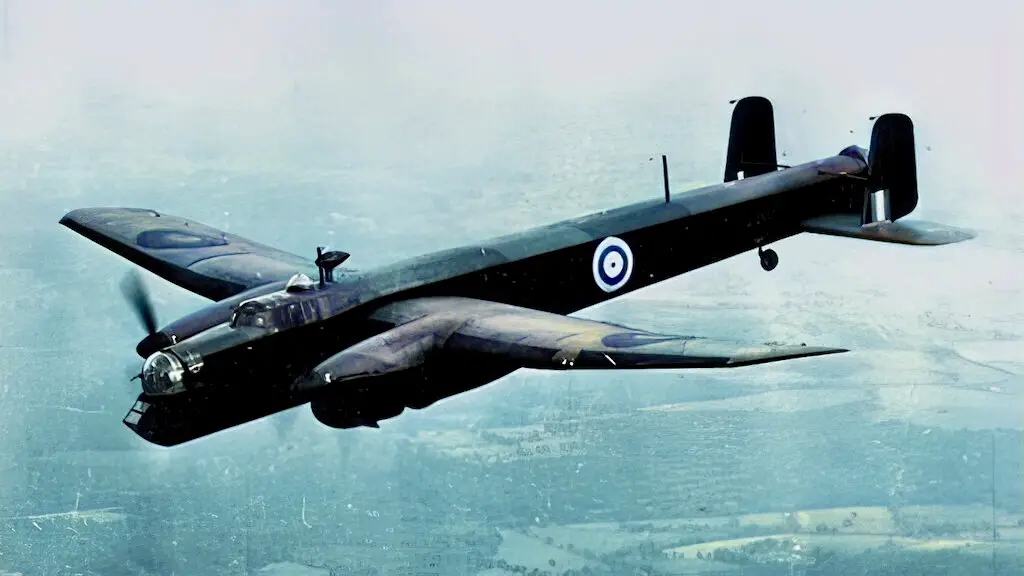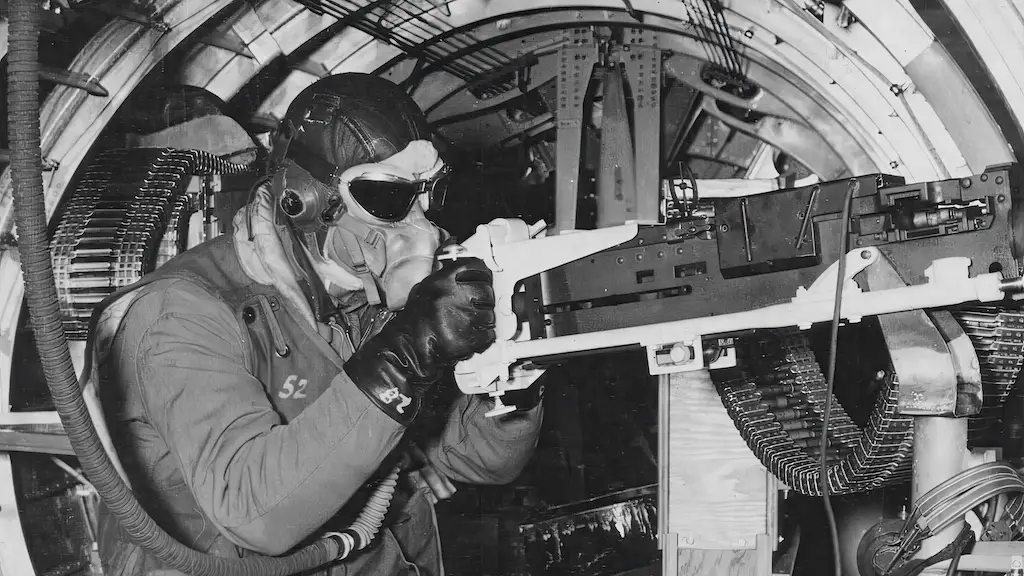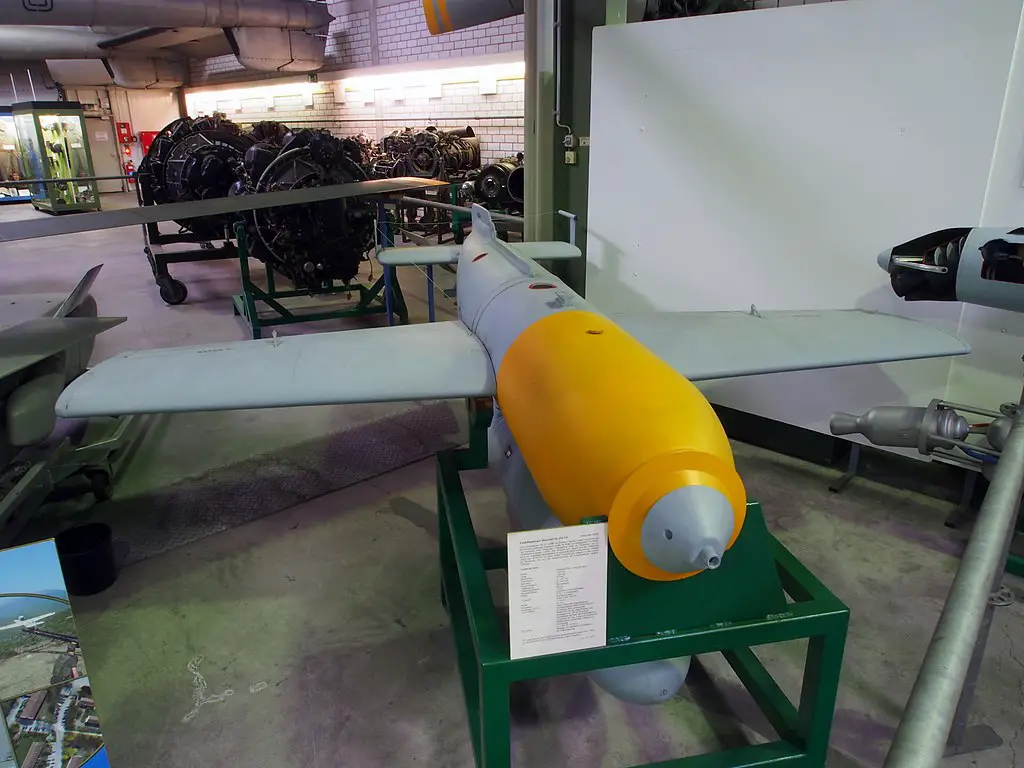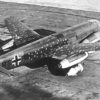The dawn of World War II saw numerous technological advancements that shaped the course of the conflict, and among them was the Henschel Hs 293. German engineers designed this guided anti-ship missile as a weapon so advanced for its time that it seemed to come straight from the pages of science fiction. However, by the time the Hs 293 was ready, the tide of the war had turned. In many ways, the Allies were fortunate that this groundbreaking technology came too late to change the war’s outcome.
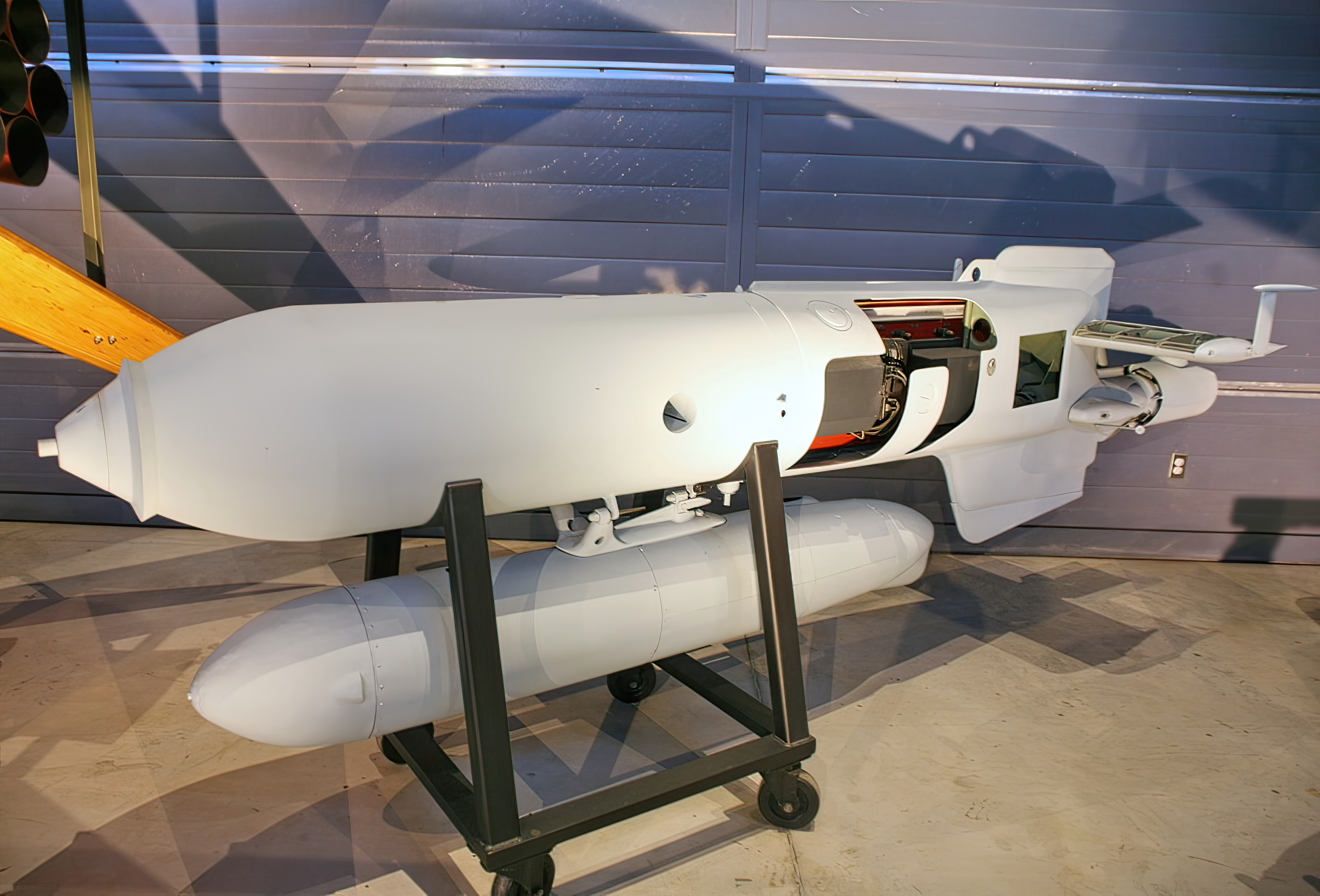
Development History
The Henschel Hs 293 was conceived in the early 1940s, during a time when the world had not yet fully embraced the possibilities of missile technology. Designed primarily for attacking heavily armored naval targets, the missile was an answer to the German Navy’s urgent need for a long-range anti-ship weapon.
The development was spearheaded by the German company Henschel and the research organization led by Herbert Wagner. From initial sketches to deployment, engineers grappled with numerous challenges and breakthroughs. Overcoming these technological obstacles, the missile’s creation signified a monumental shift in warfare, ushering in the age of guided weaponry.
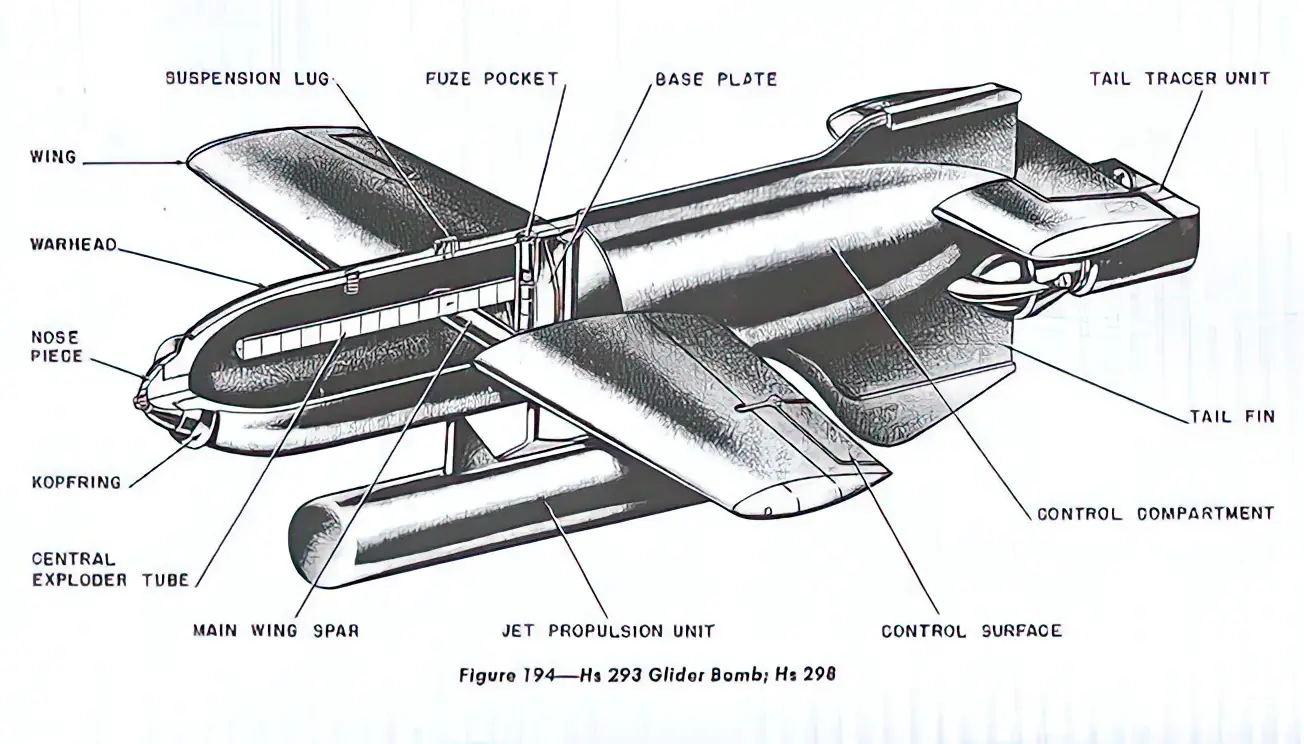
Engine and Power
The Henschel Hs 293’s engine was an engineering marvel in itself. The missile was powered by a Walter HWK 109-507 rocket motor, which was fueled by a mixture of hydrogen peroxide and calcium permanganate. This combination provided the thrust needed to propel the 1000-kilogram missile towards its target at speeds of over 550 miles per hour.
The engine’s unique design allowed the Hs 293 to achieve a range of up to 12 miles, an impressive feat for the time. It bridged the gap between traditional artillery and modern missile systems, offering the German Navy a cutting-edge weapon with a deadly punch.

Eyes on the Target
Guiding a missile to its target was uncharted territory in the 1940s. The Henschel Hs 293 utilized a groundbreaking system known as the Kehl-Straßburg link. A joystick in the launch aircraft controlled the missile, with the pilot or bombardier guiding it to the target using a flare on the missile’s tail for visual reference.
This guidance system allowed for unprecedented control, enabling precise targeting of enemy ships. The innovative use of technology in the Hs 293 represented a leap forward in the field of weapon guidance, creating a pathway for future advancements in military technology.
Success and Struggles
As with any revolutionary technology, the Henschel Hs 293 faced its share of problems. The missile’s guidance system was prone to interference and errors, and limited resources and the constant threat of Allied bombing hampered its development.
Despite these challenges, the Hs 293 saw operational use, starting in August 1943. The missile’s first success came when it sank the British warship HMS Egret, marking a historical milestone. However, limited production numbers and the Allies’ development of electronic countermeasures kept the Hs 293 from realizing its full potential on the battlefield.
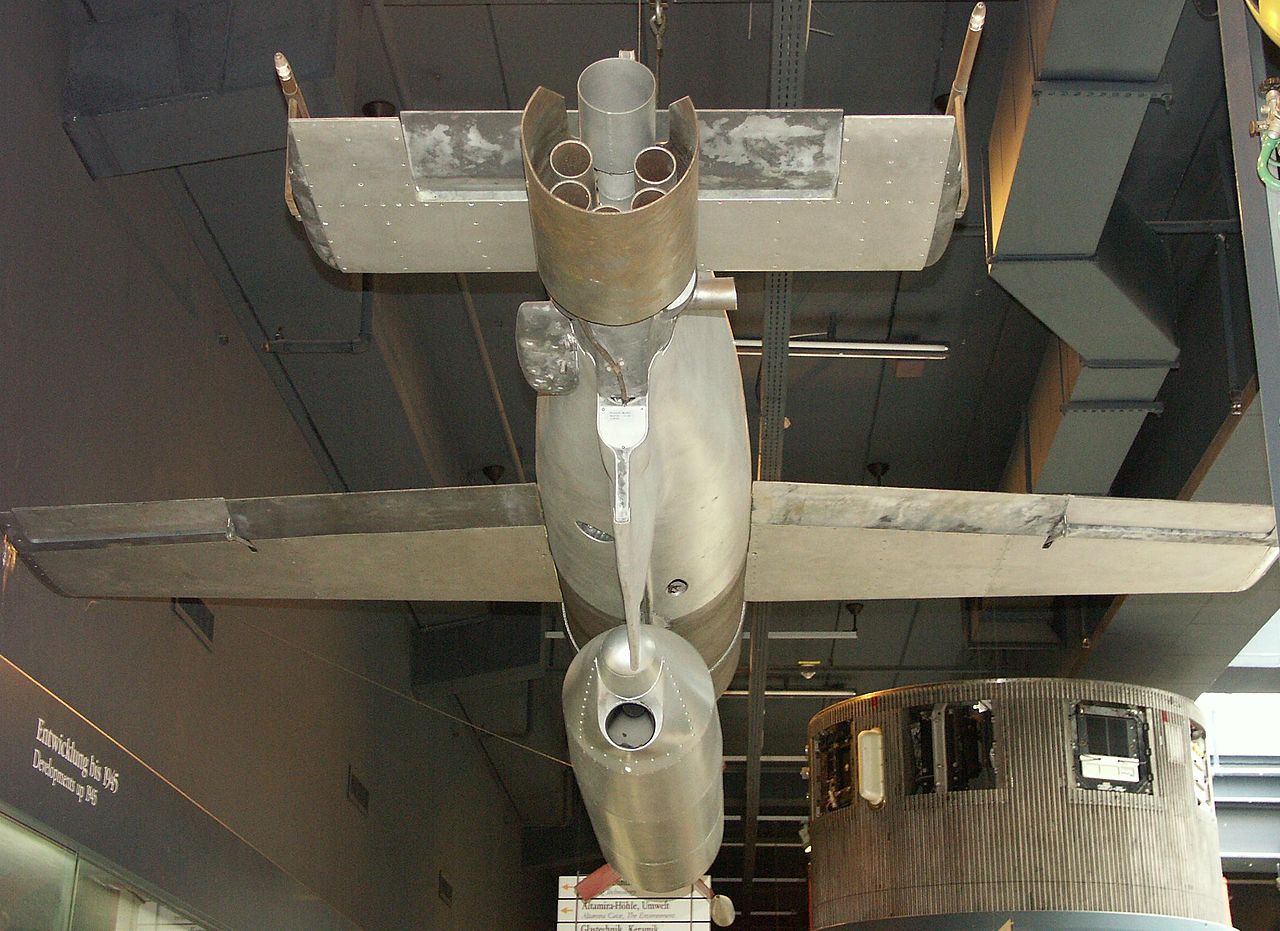
Allied Electronic Countermeasures
Recognizing the potential danger posed by the Henschel Hs 293, the Allies quickly worked to develop countermeasures. Using jamming techniques and specially designed equipment, they managed to disrupt the guidance signals between the launch aircraft and the missile.
These countermeasures played a crucial role in limiting the effectiveness of the Hs 293, as the Allies could now confuse or even take control of the missiles. The battle between the innovative Hs 293 and the ingenious Allied countermeasures became a microcosm of the larger technological race of World War II, highlighting the constant push for supremacy in a rapidly evolving world.
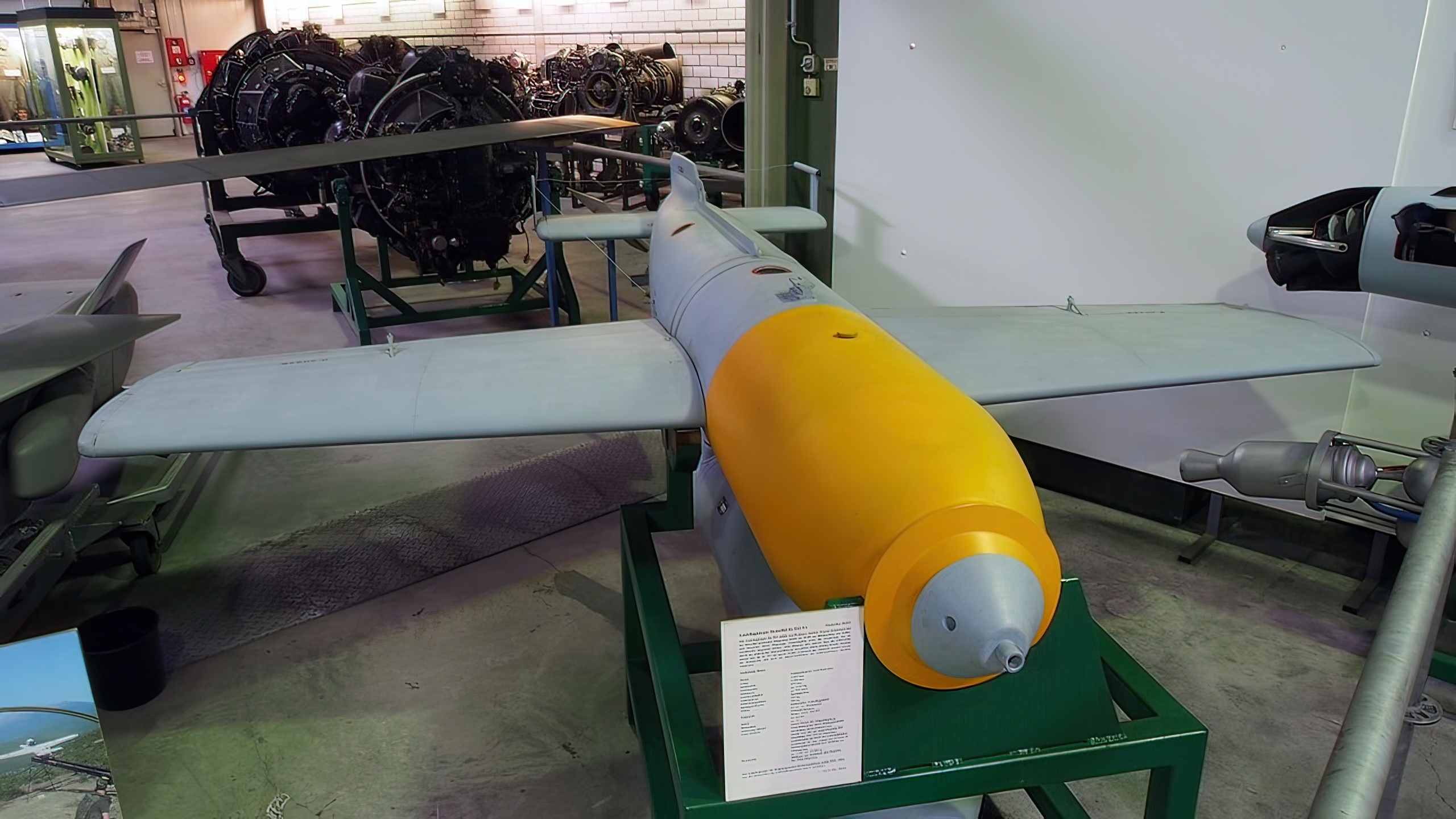
A Double-Edged Sword
While the Henschel Hs 293 boasted revolutionary features, it was not without its flaws and limitations. Its guidance system, although innovative, was susceptible to errors and interference. The missile required clear visual contact, limiting its effectiveness in poor weather conditions or at night. This made the Hs 293 vulnerable to the Allies’ quickly developed electronic countermeasures, significantly reducing its overall threat.
Moreover, the production process was complex and resource-intensive. The shortage of necessary materials, coupled with the strain of wartime industry, hindered the missile’s availability.
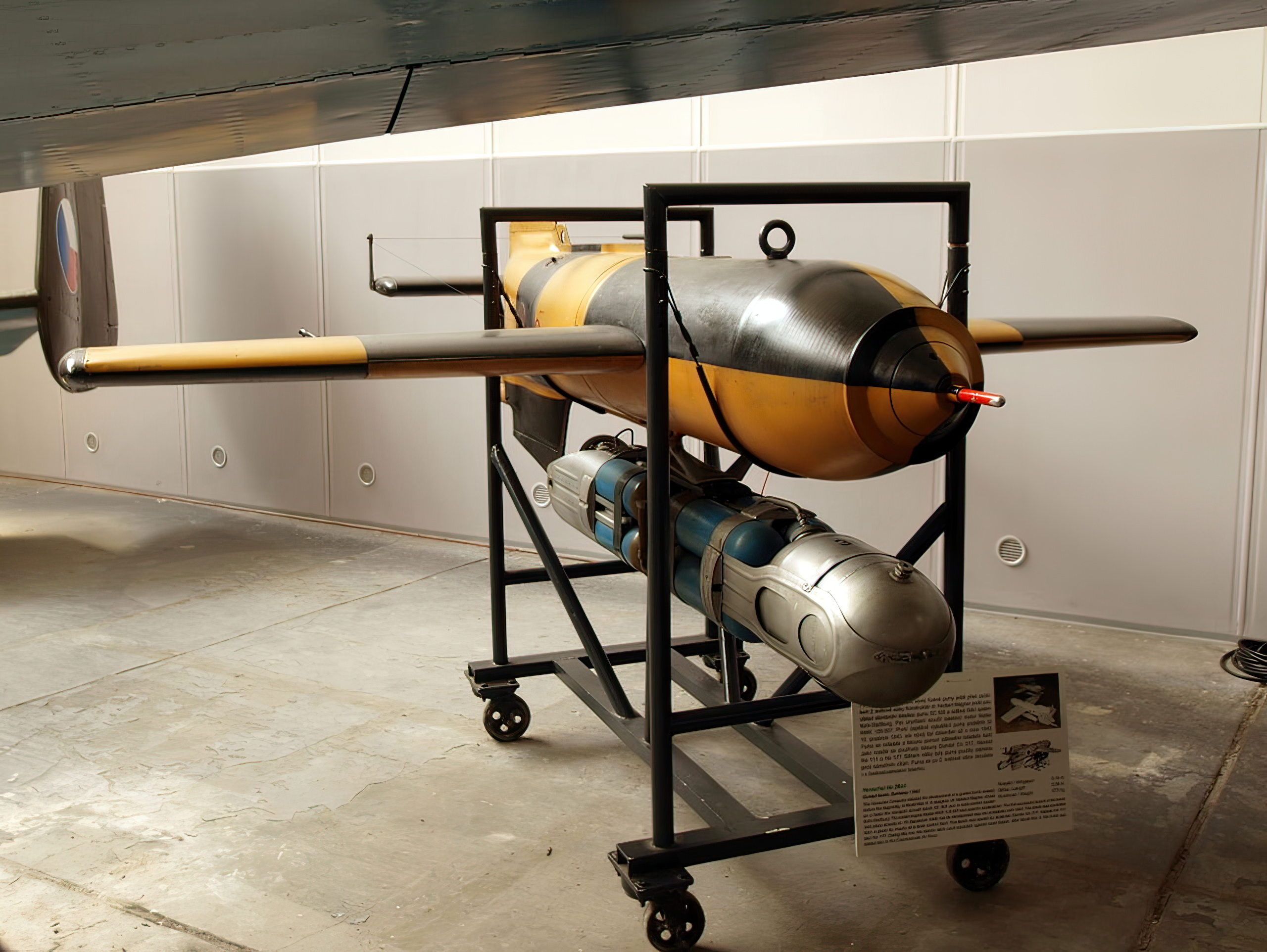
A Little Too Late
Had the Henschel Hs 293 been developed earlier in the war and successfully deployed against Allied ships, the consequences for the outcome of World War II could have been profound. The ability to engage and destroy heavily armored naval targets from a distance would have afforded the German Navy a significant advantage, potentially altering key naval battles.
By crippling or even neutralizing significant portions of the Allied naval forces, the Hs 293 could have disrupted supply chains and provided strategic support to other German military operations. The balance of power in crucial regions might have shifted, prolonging the conflict and potentially leading to different territorial and political outcomes.

